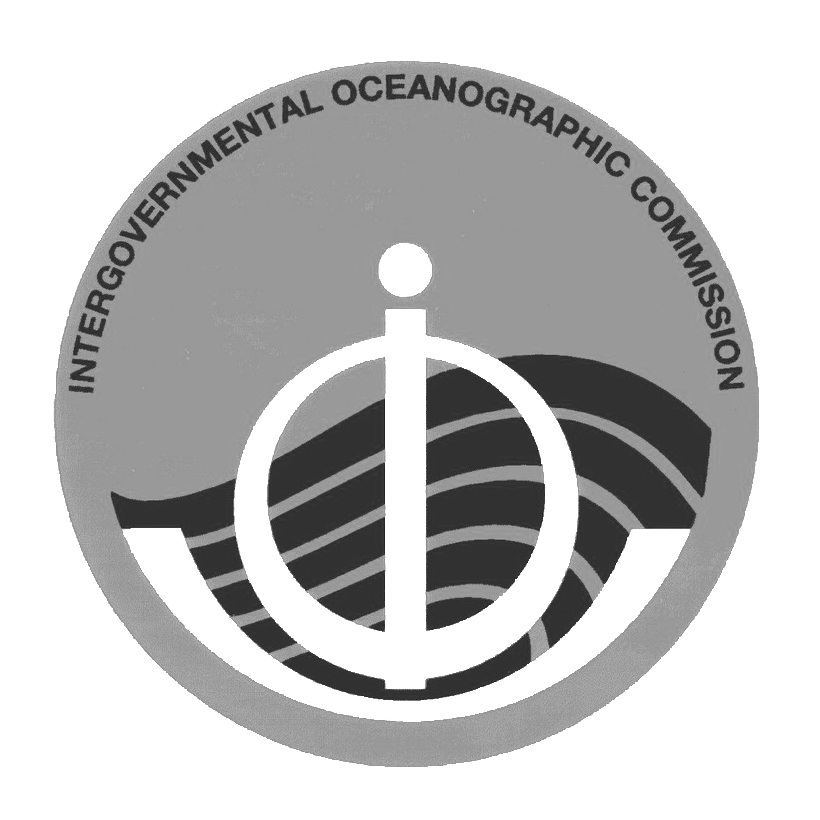2. What is meant by "marine species", in the OBIS context?
3. What datasets are accessible via the OBIS Australia "Data Search"?
4. What is meant by the "Australian region", in the present context?
5. How is this Data Search different from GBIF Data Searches?
6. Why can't I find any data on [species X] when I search the OBIS system?
7. Is my marine species distribution dataset of interest to OBIS?
8. How do I set about becoming an OBIS data contributor?
9. What else is happening in the Australian region, with regard to access to marine species data?
10. Where can I find more general information about the international OBIS system?
1. What is OBIS?
The Ocean Biodiversity Information System (OBIS) is a web-based provider of global georeferenced information on marine species. It provides a single entry point to query expert databases on species and habitats and provides a variety of spatial query tools for visualising relationships among marine species and their environment. OBIS was also the information component of the Census of Marine Life (CoML), a network of researchers in 45 nations which engaged in a 10-year initiative to assess and explain the diversity, distribution, and abundance of life in the oceans - past, present, and future. OBIS Australia offers access to the subset of OBIS distribution records in the Australian region using enhanced search functionality courtesy of the Atlas of Living Australia project.
2. What is meant by "marine species", in the OBIS context?
For OBIS purposes, marine species are animals, plants, and microbes which normally live, or spend a part of their life cycle or feeding habits, in the marine environment (also including estuarine or brackish conditions). Some groups (for example echinoderms, corals) are exclusively marine, while others (mammals, birds, reptiles) include both marine and non-marine representatives. For groups of the latter type, OBIS attempts to filter out the exclusively terrestrial and/or freshwater species from the displayed data, although in some cases where habitat preference is not at hand (for example, various algal groups, molluscs, etc.), there may be some non-marine representatives included in the data. For birds in particular, we follow established practices in including species typically designated "seabirds" (for example albatrosses, gulls, penguins, skuas), while excluding other shore birds and waders which are normally not allocated to this category.
3. What data are accessible via the OBIS Australia "Data Search"?
The Data Search functionality accessible from the OBIS Australia website searches the holdings of the international OBIS data network in the Australian region of interest. At December 2012, these comprised some 2 million of the 30+ million species distribution records in the global OBIS dataset.
4. What is meant by the "Australian region", in the present context?
The geographic region of interest for OBIS Australia can be loosely defined as extending from the equator at the northern limit to the Antarctic coast, with a core coverage from 80 degrees E in the Indian Ocean to 165 degrees E in the Pacific Ocean; these "core" longitudinal limits being extended westward to 45 degrees E below 50 degrees S (to encompass the area around Heard and McDonald Islands and the westernmost extent of the Australian Antarctic Territory), and eastward to 170 degrees E above 40 degrees S (to include Norfolk Island and adjacent portions of the Tasman Sea). These approximate limits are indicated on this map, and include a (mutually agreeable) area of potential overlap with the planned New Zealand OBIS Regional Node.
5. How is this Data Search different from GBIF Data Searches?
OBIS and GBIF, the Global Biodiversity Information Facility, have some commonality in their mission and available data for online access, but the aspect of the data that is emphasised is different for the two systems. For example, the OBIS data schema (data fields that can be reported for any record) is extended with respect to the "Darwin Core" schema commonly used by data providers to GBIF, to include a number of fields relevant to fisheries and marine survey data (Darwin Core was initially devised to suit Museum collections, of largely terrestrial data). OBIS also includes an expanding collection of data visualisation tools with a specific marine context, for example allowing visualisation against water depth, and other oceanographic parameters.
An additional area of difference is that GBIF is built on the basis of national governmental contributions, with the expectation that individual countries then contribute relevant data to the master system. However, much marine data lies outside national jurisdictional boundaries, and so OBIS is playing a role to facilitate the identification and bringing online of such datasets.
OBIS is an associate member of GBIF and is already forwarding data contributed to GBIF so that these points too will appear within data searches on the international GBIF portal.
6. Why can't I find any data on [species X] when I search for Australian-region data in the OBIS system?
There are 3 possible reasons for this: either...
- the species genuinely does not occur here
- the species does (or may) occur here, but has not yet been recorded or systematically searched for (i.e., incomplete or no sampling)
- the species does occur here and has been recorded, but relevant records have not yet been connected to the OBIS system.
(There are a few other possibilities, for example you may be searching under an old - or very new - species name that is not known to the system, or the name is misspelled, however these are less likely).
Most commonly, records may exist for the species in our region but have not yet been connected to the OBIS network. If you are aware of such records, please see the next question, or advise the relevant data custodians to contact us.
7. Is my marine species distribution dataset of interest to OBIS?
OBIS is a marine biodiversity and biogeographical information system, meaning that we are interested in providing access to datasets that record particular species (or higher taxonomic groups) from particular marine locations. At present, we can only take information where the locations are recorded as latitude and longitude, not as place names.
OBIS's focus is on high taxonomic quality, so datasets where organisms have been identified by professional or trained biologists are our priority. If they have been valdated with WoRMS, even better. As a guide, if you have a dataset or datasets with more than a few hundred individual marine species records where the taxonomic identifications are reliable and the data localities are expressed in latitude and longitude, and for which you are happy to provide open access via the OBIS data search access point, we would be interested in hearing from you.
 This site is hosted by the CSIRO National Collections and Marine Infrastructure Information and Data Centre, Australia.
Please advise any problems with this website to the OBISAU Node Manager.
View Privacy Statement
This site is hosted by the CSIRO National Collections and Marine Infrastructure Information and Data Centre, Australia.
Please advise any problems with this website to the OBISAU Node Manager.
View Privacy Statement



